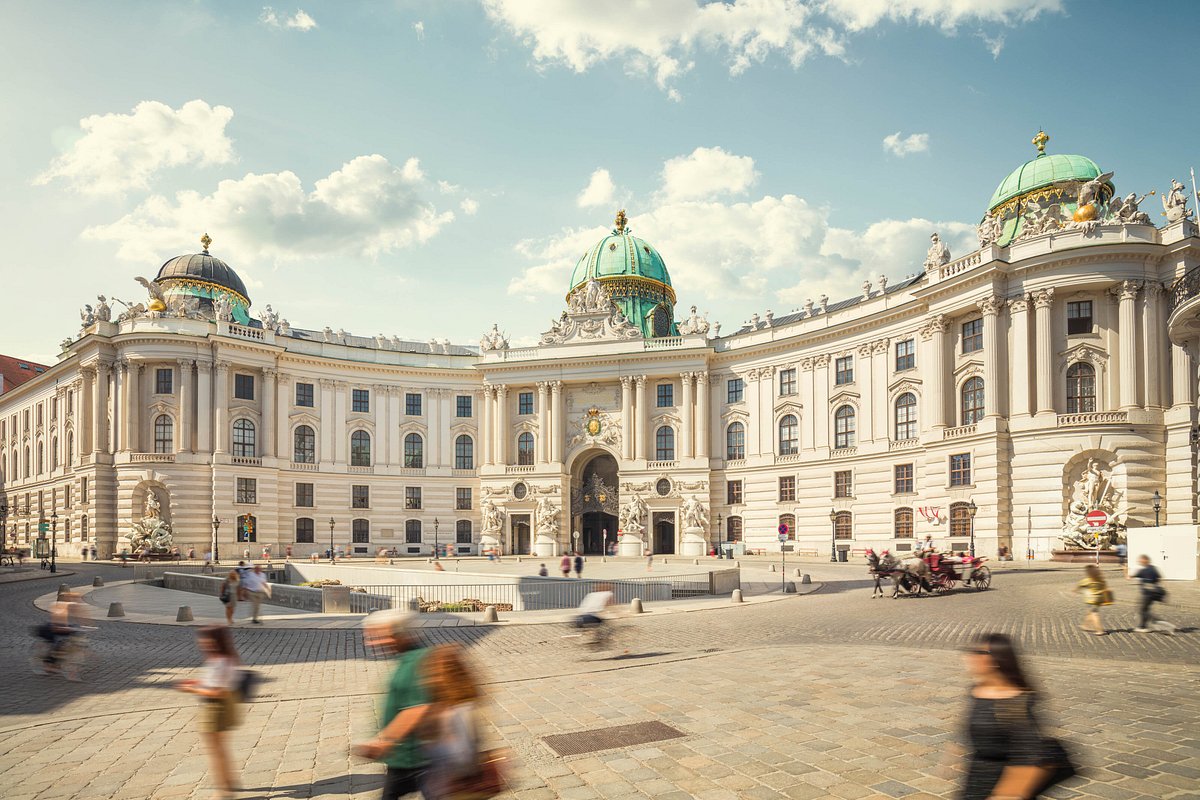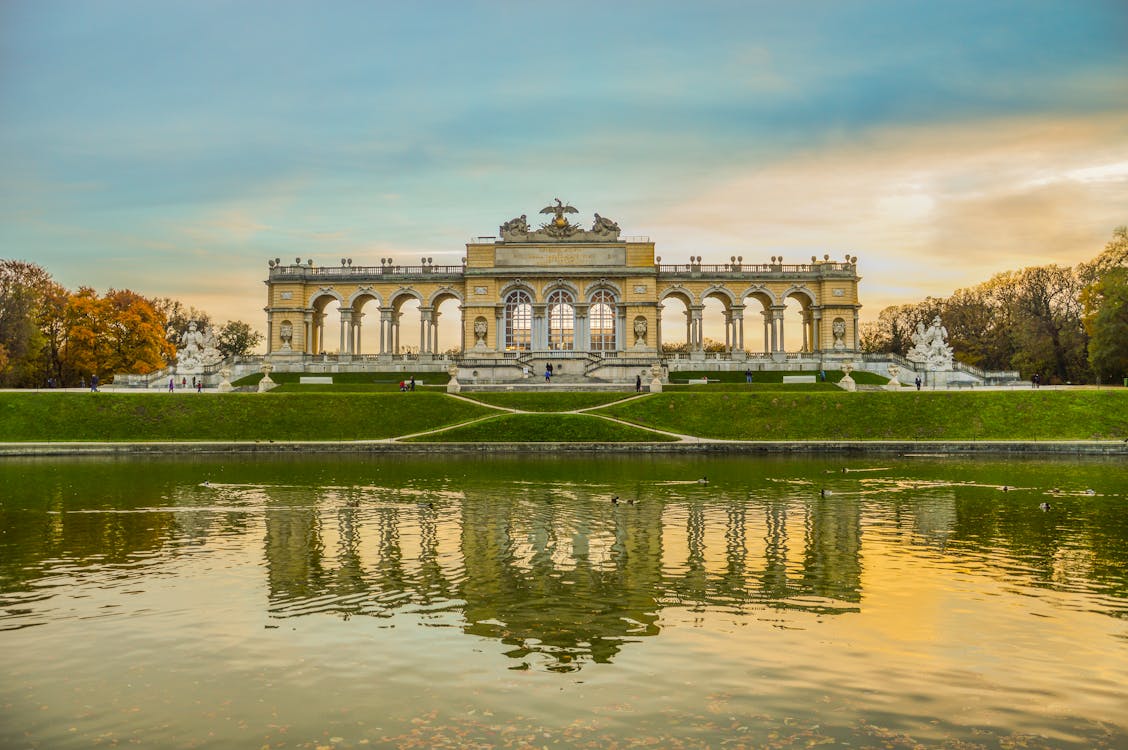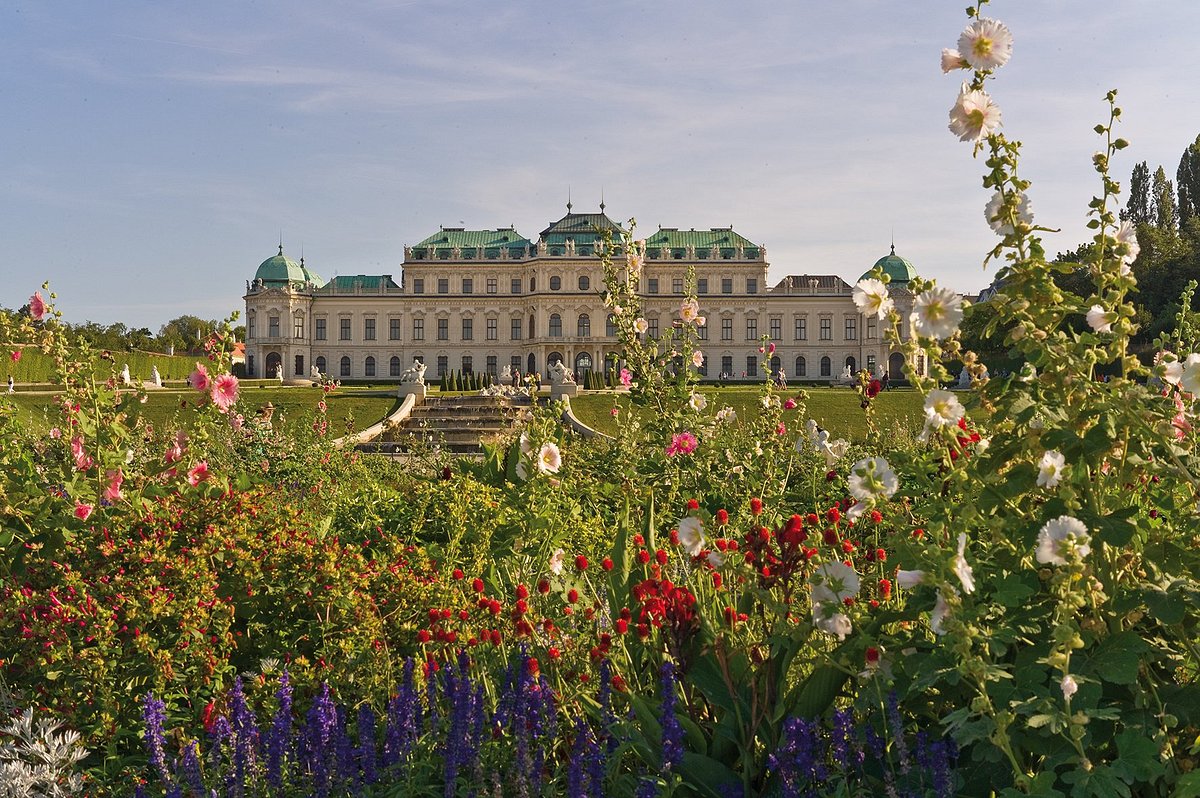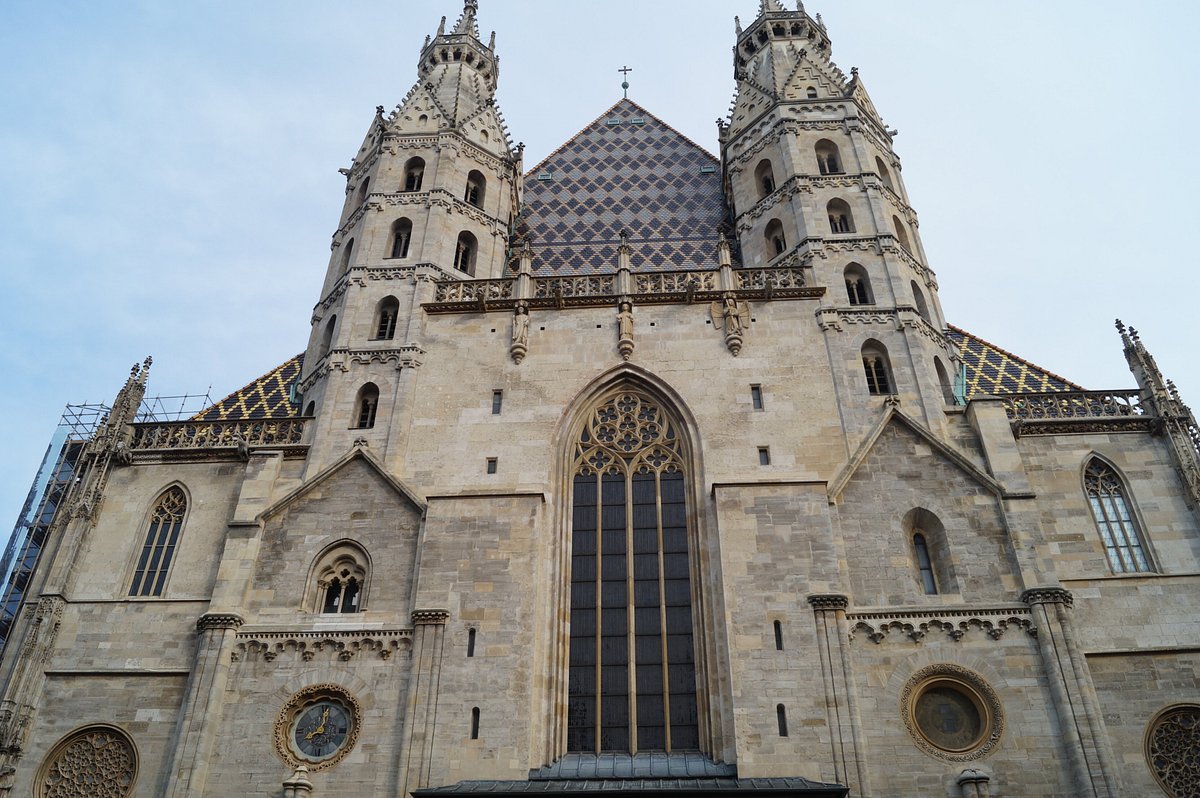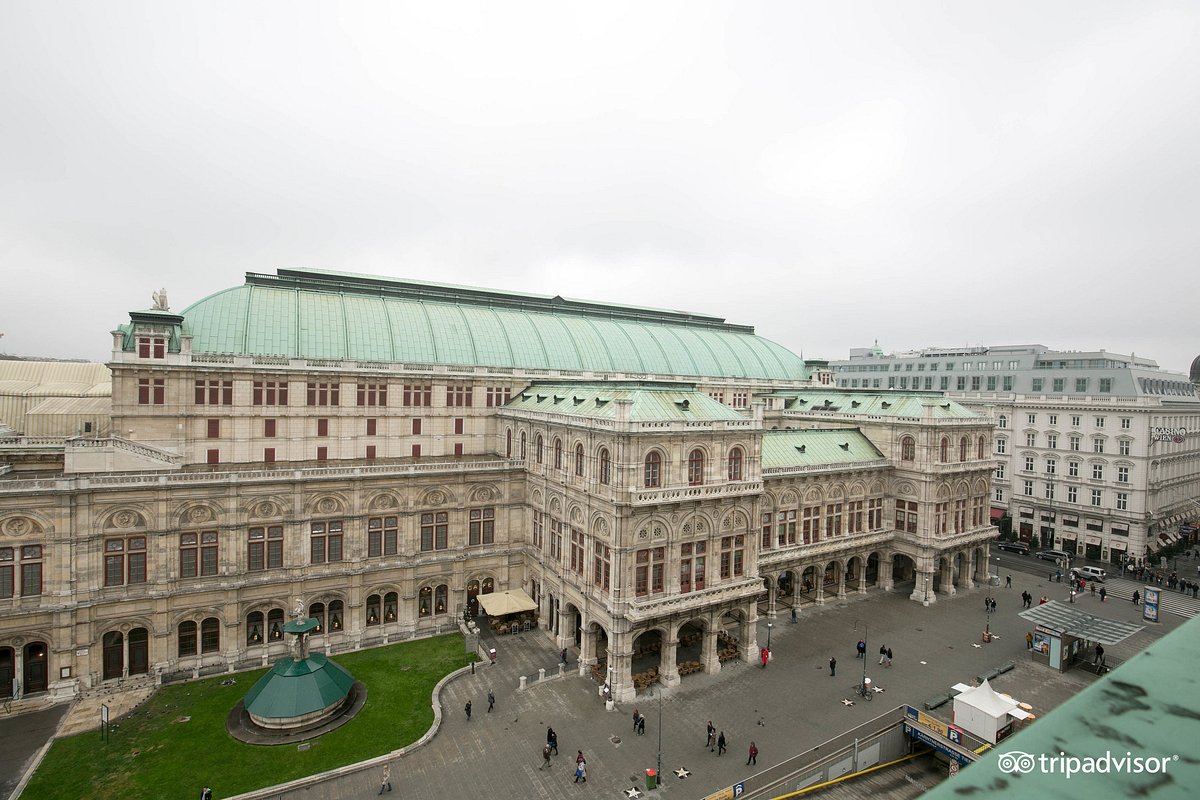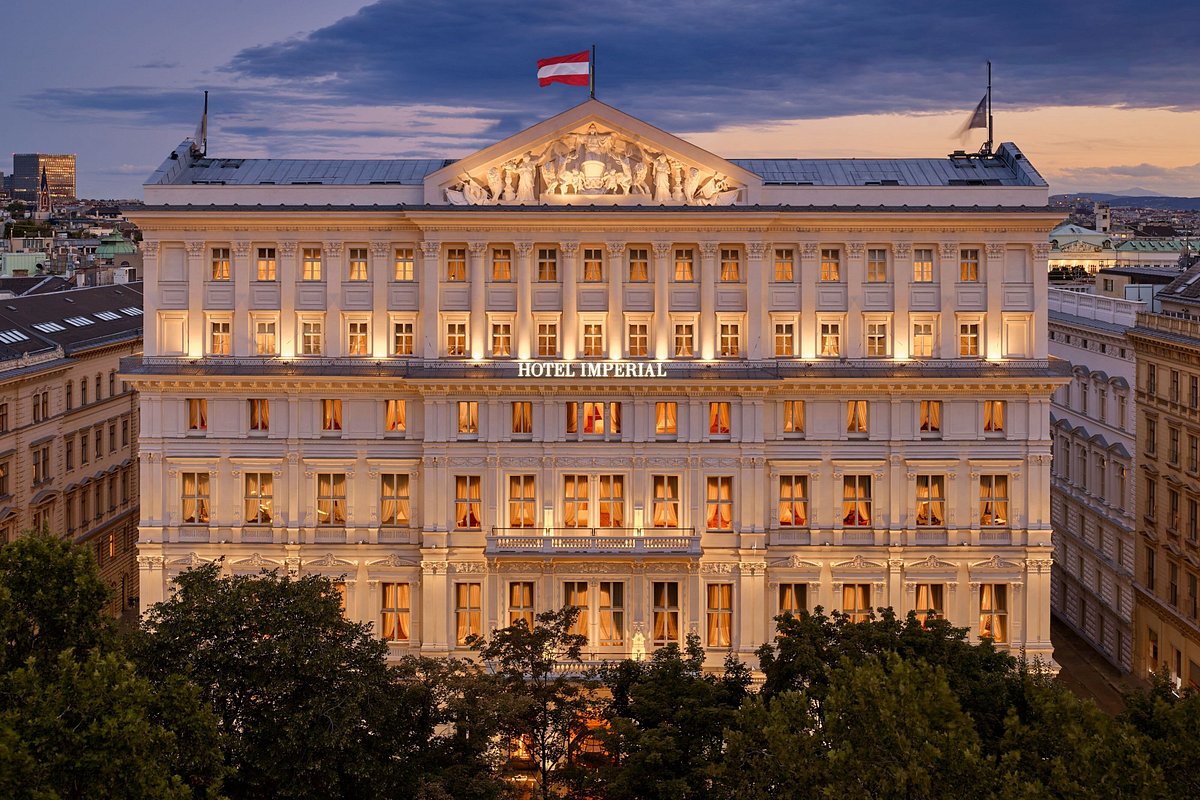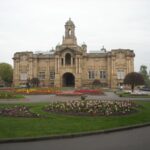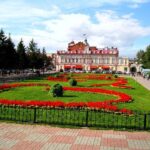Quick Bits:
Vienna, Austria’s beautiful capital, captivates with its culture, music, and history. The city blends classical charm with modern life, offering unique attractions for every traveler. Explore stunning palaces, world-class museums, and indulge in Viennese cuisine while enjoying timeless melodies in this city of music.
Key Highlights
- Rich history and architecture at every corner.
-
Home to the famous Vienna State Opera.
-
Iconic coffee culture and traditional pastries.
-
Seasonal events such as Christmas markets and the New Year’s Concert.
-
Green spaces and gardens offering peaceful retreats within the city.
General Information
Vienna is known for its cultural influence and grandeur, shaped by centuries as the former capital of the Habsburg Empire. It is one of Europe’s most visited cities due to its rich history, magnificent palaces, and vibrant music scene. Vienna is not only known for its architectural wonders, but also for its love of arts, offering museums, art galleries, and beautiful classical concerts. A visit to Vienna is a step into a city that values its traditions while embracing modern creativity.
The Viennese lifestyle revolves around the finer things in life, and you’ll notice this in their coffeehouse culture, leisure time in parks, and lively markets. Vienna also boasts a sophisticated public transport network, making it easy to explore this city full of attractions and delights.
Geography Information
Vienna lies in northeastern Austria along the banks of the Danube River. It covers an area of approximately 415 square kilometers, and is surrounded by scenic hills from the Vienna Woods, which offer panoramic views and outdoor activities. The Danube River and its branches flow through the city, providing serene riverbank promenades.
The city is divided into 23 districts, each with a distinct character. The historic first district, Innere Stadt, houses many notable landmarks, including St. Stephen’s Cathedral, Hofburg Palace, and many bustling streets. Vienna’s landscape is marked by both green spaces and stately architecture, blending urban life with natural beauty.
Places to Visit
-
Schönbrunn Palace: This baroque palace, a former imperial summer residence, showcases impressive rooms, a vast garden, and the world’s oldest zoo. It offers an authentic experience of Habsburg royalty.
-
Hofburg Palace: This sprawling complex, located in the heart of Vienna, was home to the Habsburg dynasty for over 600 years. Don’t miss the Imperial Apartments, the Sisi Museum, and the Imperial Treasury.
-
St. Stephen’s Cathedral: Known for its gothic architecture, this stunning landmark is a must-visit. Its colorful tiled roof and towering spire dominate Vienna’s skyline.
-
Belvedere Palace: The Belvedere features two beautiful baroque palaces and an extensive art collection, including Gustav Klimt’s “The Kiss”.
-
Vienna State Opera: Known worldwide for its remarkable productions, the Vienna State Opera is an iconic symbol of the city. Taking a guided tour or attending an evening performance is highly recommended.
-
Prater and the Giant Ferris Wheel: Prater Park offers a wonderful escape for families, with amusement rides, green areas, and the famous Giant Ferris Wheel, which provides splendid views of the city.
-
Kunsthistorisches Museum: Housing an impressive collection of classical works, this museum is a haven for art lovers.
-
Naschmarkt: One of Vienna’s most popular markets, the Naschmarkt offers fresh produce, international food, and a bustling atmosphere. It’s the perfect place to grab a bite or sample local delicacies.
-
Hundertwasser House: An architectural gem, the Hundertwasser House, features quirky, colorful designs and an eco-friendly aesthetic that celebrates individuality.
-
Vienna Ringstrasse: This grand boulevard encircles the city center and showcases several architectural marvels, including the Parliament building, Rathaus, and the Burgtheater.
Yearly Climate
Vienna enjoys four distinct seasons:
-
Spring (March – May): Spring brings mild temperatures and blooming parks, making it ideal for walking tours and garden visits. Highs range between 10-20°C (50-68°F).
-
Summer (June – August): Summers in Vienna can be warm, with average temperatures ranging from 20-30°C (68-86°F). Outdoor cafes and gardens are popular spots, as are activities along the Danube.
-
Autumn (September – November): The city takes on beautiful colors during fall. Temperatures vary between 10-20°C (50-68°F). It’s a great time for wine tastings and cultural events.
-
Winter (December – February): Winters are chilly, with temperatures often below freezing, ranging from -5 to 5°C (23-41°F). Vienna becomes enchanting during this time, especially due to Christmas markets and festive decorations.
Best Time of Year to Visit
The best time to visit Vienna is in spring (April – June) or fall (September – October). During these months, the weather is comfortable, crowds are manageable, and outdoor activities are at their best. If you enjoy winter holidays, December is another magical time to visit, as Vienna lights up with festive decorations, and the Christmas markets provide a wonderful atmosphere.
Summer offers plenty of events and open-air concerts, but be prepared for higher temperatures and busier tourist spots. Whatever the season, Vienna offers countless opportunities for cultural experiences, and every visit is unique.
In Summary…
Vienna is an enchanting city that captivates visitors with its history, culture, and charm. From majestic palaces to cozy coffeehouses, it offers an experience that balances grandeur with everyday Viennese life. Explore grand museums, relax in lush gardens, or attend world-class opera—there’s something in Vienna for every traveler.

